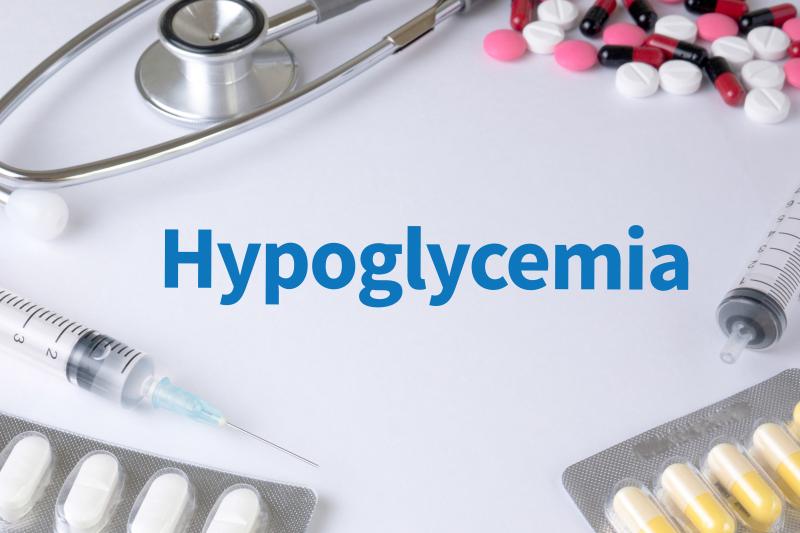
In conscious type 1 diabetes mellitus (T1DM) patients, administering glucagon intranasally (IN) is as effective at resolving hypoglycaemia as administering it via intramuscular/subcutaneous (IM/SC) injections, according to the results of a meta-analysis.
Researchers performed a systematic literature review of controlled randomized studies using the terms diabetes mellitus, hypoglycaemia, insulin-induced hypoglycaemia, and glucagon, limiting search to humans including both children and elderly populations. Measure of efficacy was the number/percentage of individuals responding to IM/SC/IN glucagon.
The meta-analysis included eight studies, contributing to a total of 467 treatments with IN and IM/SC glucagon in 269 patients. Pooled data showed that response to IN glucagon was comparable to that to IM/SC glucagon. Failure to respond to treatment, regardless of route, was very rare.
Out of eight studies, four reported treatment failures (odds ratio [OR], 0.61, 95 percent confidence interval [CI], 0.13–2.82). Consequently, a simulation was made, adding one failure for each arm in the remaining four studies. Results showed no significant difference in efficacy between IN and IM/SC glucagon (OR, 0.80, 95 percent CI, 0.28–2.32). The ORs were 0.76 (95 percent CI, 0.13–4.32) in the young and 0.80 (95 percent CI, 0.18–3.45) in adults.
Heterogeneity was low and not statistically significant. There was no publication bias, and the quality of papers was high. There was no correlation seen between the effect and number of patients in each study, age of patients, basal blood glucose levels at meta-regression. None of the studies formally compared IN vs IM/SC in unconscious patients.
The findings might contribute to reduce the fear of hypoglycaemia in T1DM, a condition that has been associated with suboptimal diabetes management and health outcomes, according to the researchers.